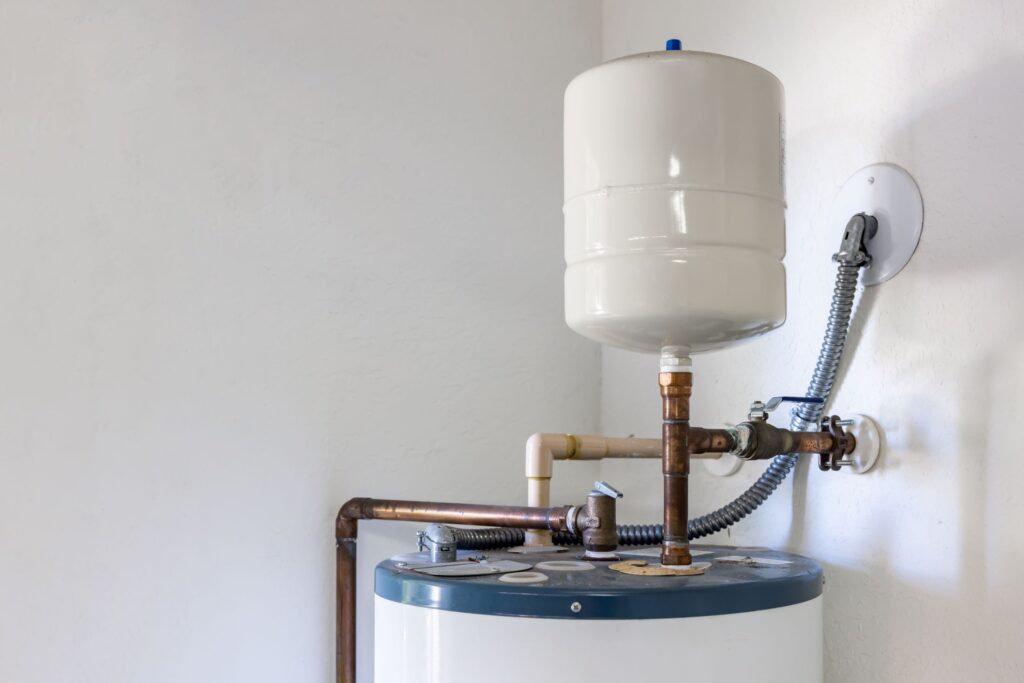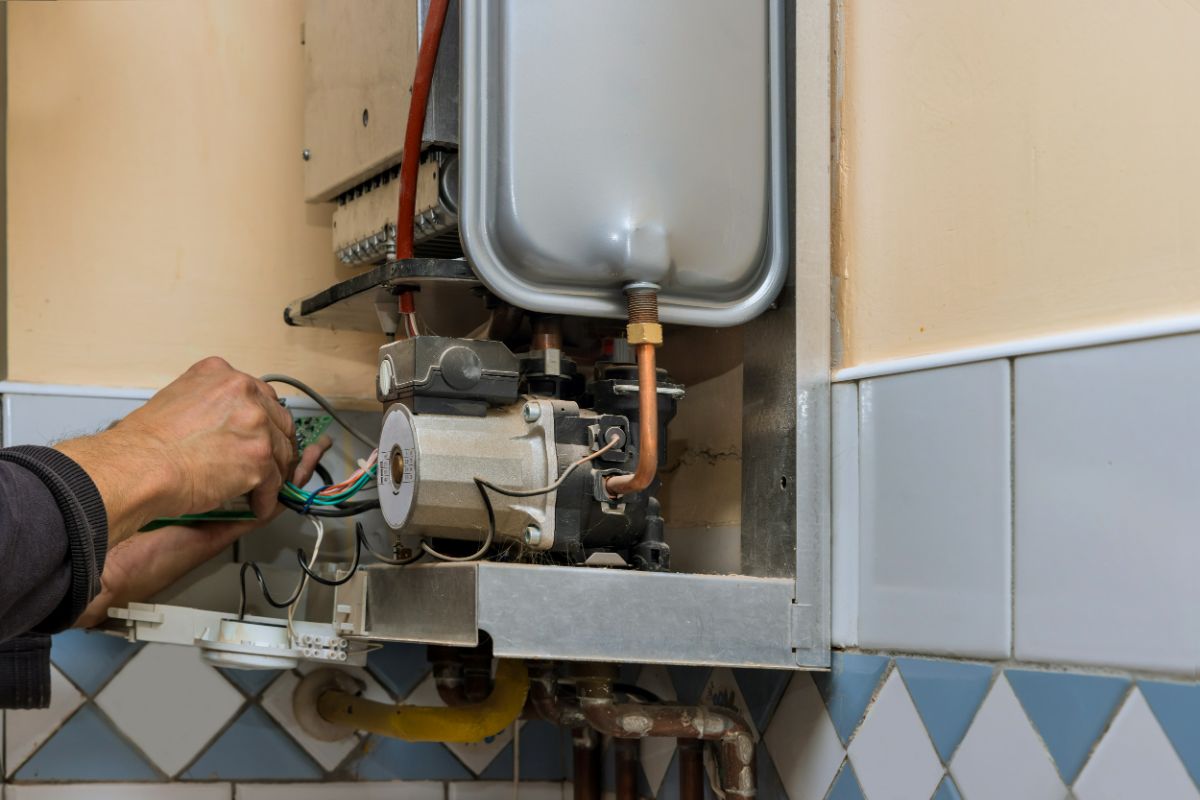Ways to Successfully Care for Your Home's Hot Water SystemSteps to Prolong the Lifespan of Your Home's Hot Water System Through Maintenance
Ways to Successfully Care for Your Home's Hot Water SystemSteps to Prolong the Lifespan of Your Home's Hot Water System Through Maintenance
Blog Article
The writer is making a number of great pointers on the subject of How to Maintain a Hot Water Heater in a Few Simple Steps overall in the content directly below.

Hot water is essential for daily convenience, whether it's for a rejuvenating shower or washing recipes. To guarantee your warm water system runs successfully and lasts much longer, normal upkeep is crucial. This post provides sensible pointers and insights on exactly how to preserve your home's warm water system to avoid interruptions and expensive fixings.
Intro
Preserving your home's hot water system might appear complicated, yet with a couple of easy actions, you can ensure it operates efficiently for several years ahead. This guide covers every little thing from understanding your warm water system to do it yourself maintenance pointers and understanding when to hire specialist assistance.
Importance of Keeping Your Hot Water System
Normal maintenance not only prolongs the lifespan of your warm water system yet likewise ensures it runs effectively. Disregarding maintenance can lead to reduced efficiency, greater energy expenses, and also premature failing of the system.
Indications Your Warm Water System Requirements Upkeep
Recognizing when your hot water system requires interest can avoid significant concerns. Watch out for indicators such as inconsistent water temperature level, strange sounds from the heater, or corroded water.
Recognizing Your Hot Water System
Before diving right into maintenance jobs, it's useful to recognize the basic components of your hot water system. Usually, this consists of the hot water heater itself, pipes, anode poles, and temperature level controls.
Month-to-month Maintenance Tasks
Regular monthly checks can assist capture small concerns prior to they escalate.
Flushing the Hot Water Heater
Flushing your water heater eliminates sediment accumulation, enhancing performance and lengthening its life.
Monitoring and Changing Anode Rods
Anode poles prevent corrosion inside the tank. Checking and replacing them when worn is vital.
Examining and Changing Temperature Settings
Adjusting the temperature settings ensures optimal performance and safety.
Do It Yourself Tips for Upkeep
You can execute a number of upkeep tasks yourself to maintain your warm water system in leading problem.
Looking for Leakages
Regularly examine pipes and connections for leaks, as these can cause water damages and greater costs.
Examining Stress Alleviation Valves
Checking the pressure relief valve ensures it works correctly and stops too much stress build-up.
Shielding Pipelines
Shielding warm water pipelines lowers warm loss and can save energy.
When to Call a Professional
While do it yourself upkeep is helpful, some concerns call for specialist knowledge.
Complicated Issues Requiring Professional Help
Examples consist of significant leakages, electric issues, or if your water heater is regularly underperforming.
Routine Professional Maintenance Conveniences
Professional upkeep can consist of complete evaluations, tune-ups, and ensuring conformity with safety and security requirements.
Final thought
Regular maintenance of your home's warm water system is necessary for effectiveness, longevity, and price savings. By following these pointers and recognizing when to look for expert assistance, you can guarantee a trusted supply of hot water without unanticipated interruptions.
Water Heater Maintenance: The Basics
Maintaining your water heater will ensure it operates efficiently and has a longer lifespan. Neglecting regular maintenance can lead to costly repairs and an even bigger chunk of your savings if you have to replace it sooner than necessary. But there’s good news: Most water heater maintenance tasks are relatively simple and easy for homeowners with basic DIY skills.
Flush the Water Heater
Over time, sediment and minerals can build up in the tank, reducing its efficiency and potentially causing damage. To flush the tank, turn off the power or gas supply, attach a hose to the drain valve near the bottom and open the valve to drain the water until it runs clear. Ideally, flush the tank annually.
Replace the Anode Rod
The anode rod is a sacrificial metal rod that helps prevent corrosion inside the tank. Inspect and replace it every three to five years or per the manufacturer's recommendation. To replace the anode rod, turn off the power or gas supply, drain a few gallons of water from the tank, unscrew the old rod and replace it with a new one. If the anode rod is significantly corroded or covered in calcium buildup, it's a sign the water heater may need to be replaced soon.
Tune-Up
A yearly tune-up can help identify potential issues and ensure your water heater operates at peak efficiency. This typically involves checking the thermostat, burner assembly (for gas heaters) and any other components specified by the manufacturer. During a tune-up, the technician may also clean the burner and adjust the pilot light (for gas heaters) or examine the heating elements (for electric heaters).
How to Maintain Your Water Heater
Insulate the tank. Insulating the tank can improve energy efficiency and reduce heat loss, saving you money on energy bills. You can purchase precut insulation blankets designed specifically for water heaters or use standard fiberglass insulation wrapped securely around the tank. Check the temperature. The recommended water temperature for most households is around 120 degrees Fahrenheit (49 degrees Celsius). Higher temperatures can increase energy costs and potentially cause scalding. Use a kitchen thermometer to check the temperature at the faucet nearest the water heater. Monitor water pressure. Excessive water pressure can strain the water heater and cause leaks or even tank failure. Install a pressure-reducing valve if necessary. The ideal water pressure range is between 60 and 70 PSI (pounds per square inch). Test the temperature and pressure (T&P) relief valve. The T&P relief valve is a safety feature that releases pressure if the tank gets too hot or the pressure builds up too high. Test it annually by lifting the lever and allowing a small amount of water to release. Replace the valve if it doesn't release water or reseal properly. Check for leaks. Regularly inspect the tank, pipes and fittings for leaks or corrosion. Deal with issues promptly to prevent further damage. Even a small leak can lead to significant water damage over time. Consider a tankless water heater. If your traditional tank-style water heater is nearing the end of its lifespan ( typically 10 years), consider replacing it with a tankless water heater. These units heat water on demand, reducing standby energy losses and potentially saving you money on your energy bills. Schedule professional maintenance. While homeowners can perform many water heater maintenance tasks, it's still a good idea to schedule professional maintenance every few years. A plumber or HVAC technician can thoroughly inspect the unit, identify potential issues and ensure it operates safely and efficiently. https://www.homeserve.com/en-us/blog/home-improvement/hot-water-heater-maintanence/

I ran across that blog posting on How to Maintain a Hot Water Heater in a Few Simple Steps when surfing around the internet. Are you aware of another individual who is serious about the niche? Do not hesitate to promote it. We value your readership.
View Website Report this page